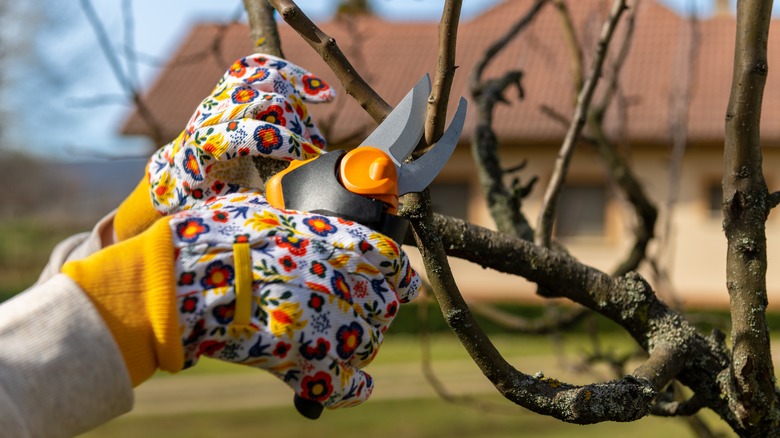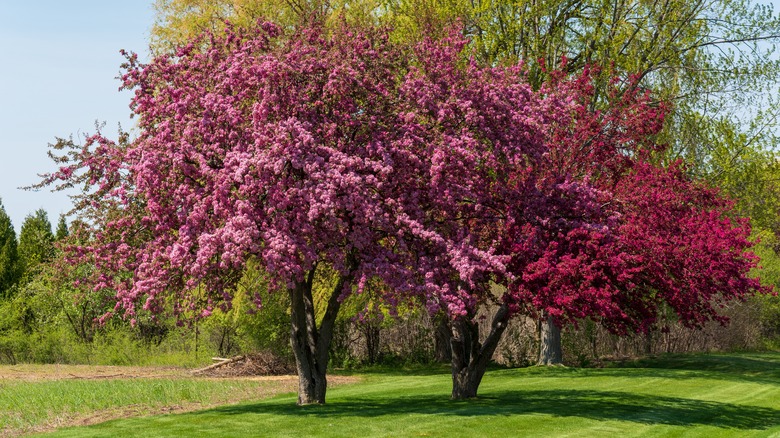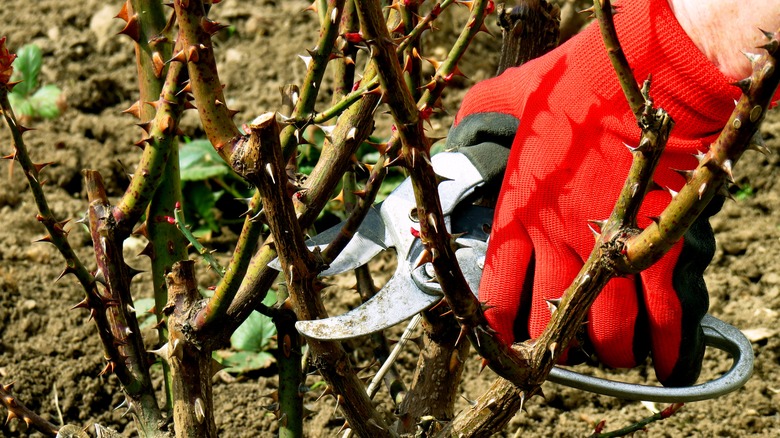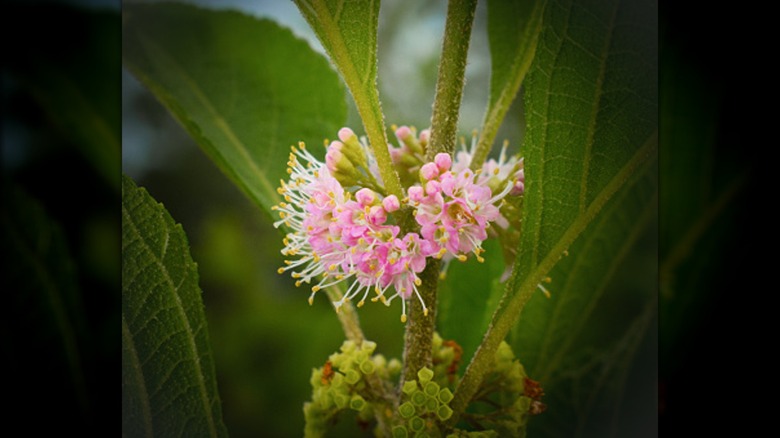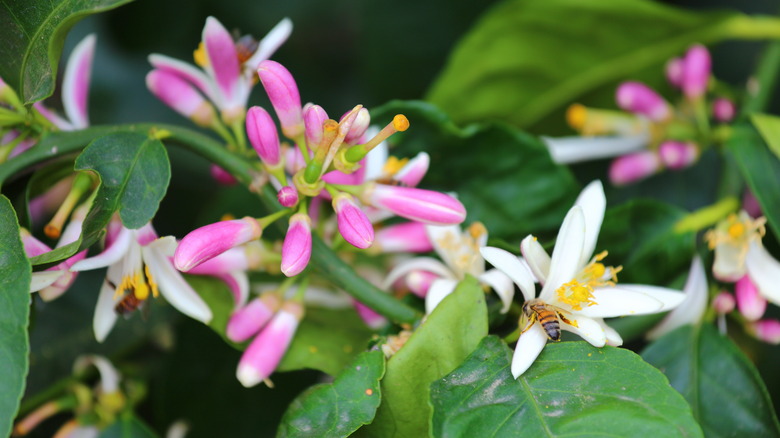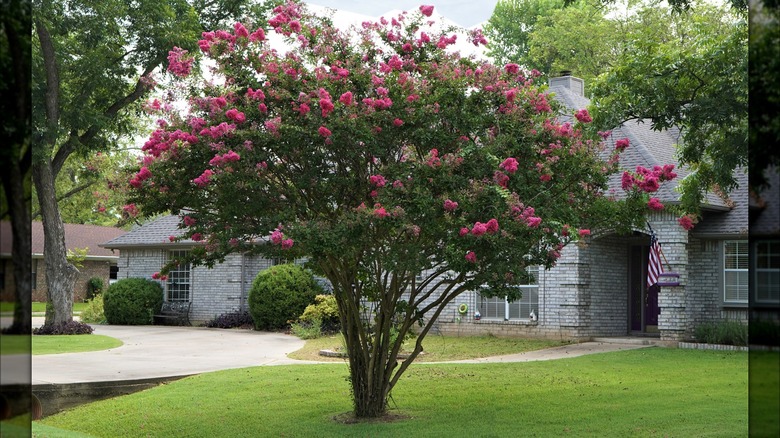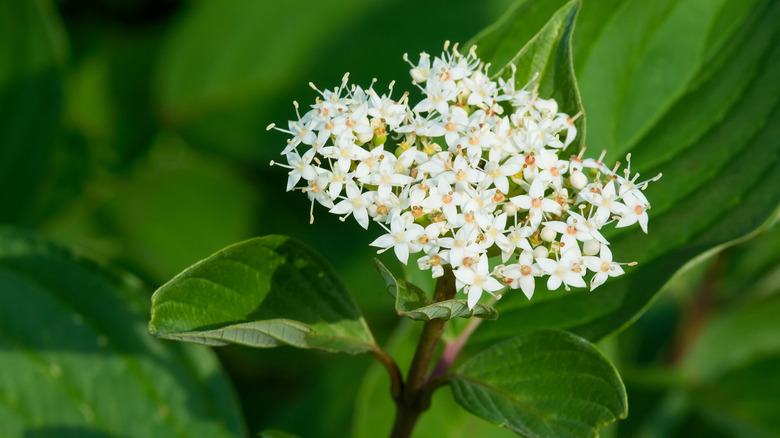Plants To Prune In Late Winter For A Stunning Early Spring Display, According To Our Master Gardener
The process of pruning can be confusing, especially if you have a lot of different types of trees and bushes. Some need to be pruned in the spring after they bloom, like forsythia. Others should be pruned in late summer after their flowers have faded but well before the first frost. The general rule that gardeners should follow is to prune plants right after they bloom to prevent removing next year's buds — but there are always exceptions. Some plants perform best when they are pruned in late winter, just before they break dormancy.
Plants have different blooming habits. Some bushes, like certain types of hydrangeas, bloom on old wood, which refers to last year's growth. Many plants bloom on new growth or both new and old wood. For example, crabapples will bloom on every branch every year, so you don't have to worry about losing this year's floral display by pruning at the wrong time. The plants on this list all bloom on new or existing wood but benefit from late spring pruning for a few reasons. This process encourages them to produce more new growth full of fresh flower buds. Removing old growth while the plants are dormant also protects them from pests and pathogens that are not active at this time of year, and the wounds from pruning will heal before these issues return in the spring.
Crabapple
A member of the rose family (Rosaceae), crabapples put on a gorgeous floral show in the spring before producing tiny, edible fruits. Some people harvest the fruits to make jelly or jam, while others enjoy the flowers and leave the small apples for wildlife. These deciduous trees are hardy throughout the US, depending on the variety. They also come in many sizes and feature an array of flower colors. Remove any crossing or damaged branches in the spring, as well as any that are too close to the ground, for the most beautiful display.
Roses
Roses are susceptible to many pests and diseases, particularly fungal issues. Having open wounds from fresh pruning cuts when the heat and humidity of summer come along makes them even more likely to become weakened. While this may not kill them, it will result in a disappointing show of blooms. Make the most of your knockout roses by cutting them down to 6 inches tall in February every other year. If you're growing heirloom roses, remove the oldest canes at ground level in late winter.
Beautyberry
Known for its blooms and resulting purple berries, beautyberry (Callicarpa americana) lives up to its name throughout the year. Birds love these berries, so this is a wonderful plant to add to your garden to help support wildlife. Beautyberry bushes bloom on new wood, so you can cut it down to the ground every year in late winter after it's been picked clean of its fruits. Once the soil warms, you will see new growth emerge from the roots.
Meyer lemon tree
Most citrus trees can only be grown in the warmest climates, but now some types have been cultivated to overwinter indoors. Meyer lemon trees (Citrus × meyeri) produce the most wonderful smelling blooms which result in the sour and sweet fruit for which they are known. Meyer lemon trees respond well to late winter pruning to keep them at a manageable size while still producing plenty of fruit.
Crepe Myrtle
A staple in southern gardens, crape myrtles benefit from harsh pruning at the end of winter for the best spring blooms. There are over 50 varieties of crepe myrtle including dwarf varieties that fit beautifully in a tight landscape and others that grow up to 20 feet tall. These gorgeous bushes should be pruned in two ways. Remove all but 3 or 5 canes in young plants and remove any additional that emerges from the roots each year. Top growth should also be cut back to encourage new growth.
Red twig dogwoods
Red twig dogwoods (Cornus sericea) are a stunning addition to the landscape year-round. Even when dormant, their red branches add interest to what can be an otherwise bleak landscape. In the spring, these gorgeous trees offer a bold display of white flowers, followed by tiny fruits, similar to crabapples. As your red twig dogwood grows, prune it to an attractive shape by removing any branches close to the ground, crossing branches, or any damaged areas in late spring.
